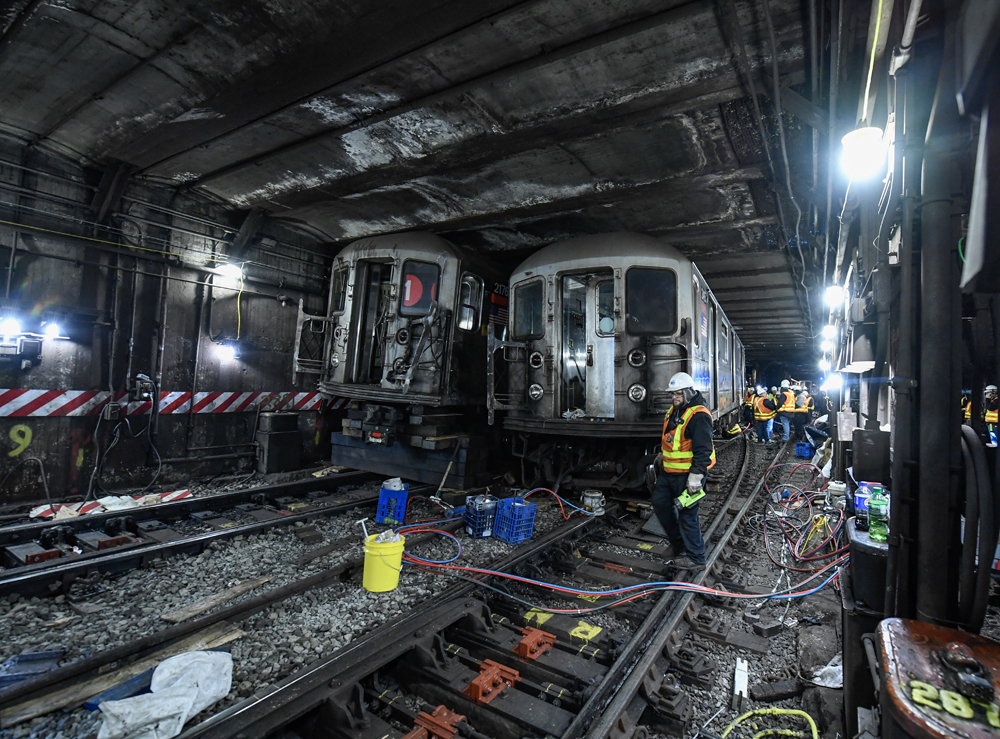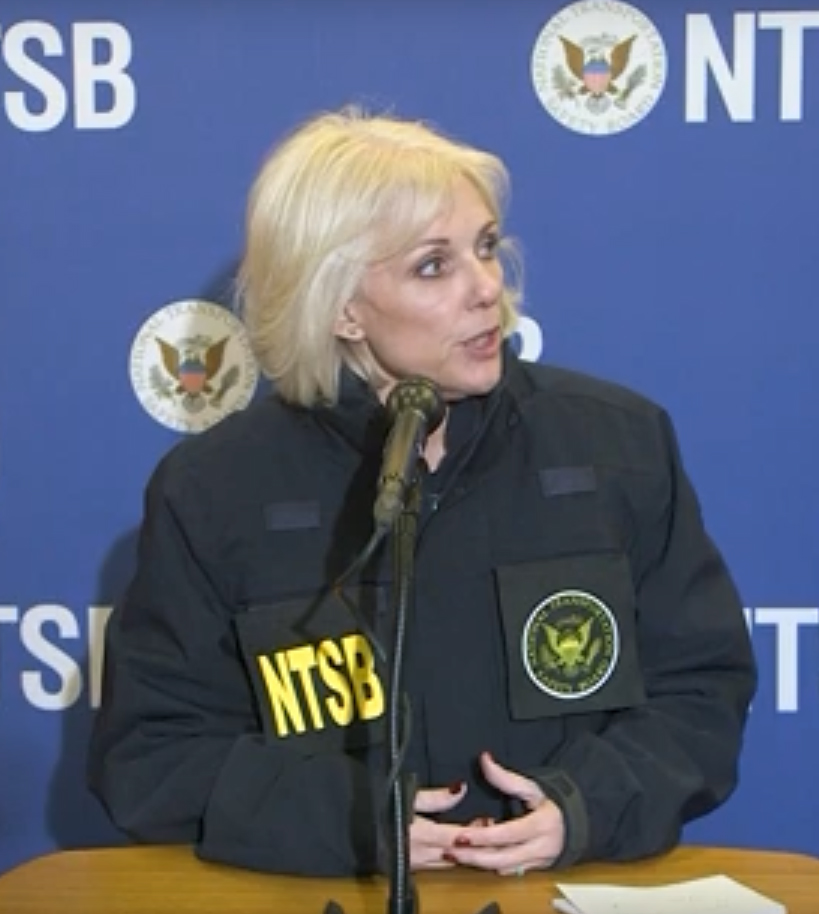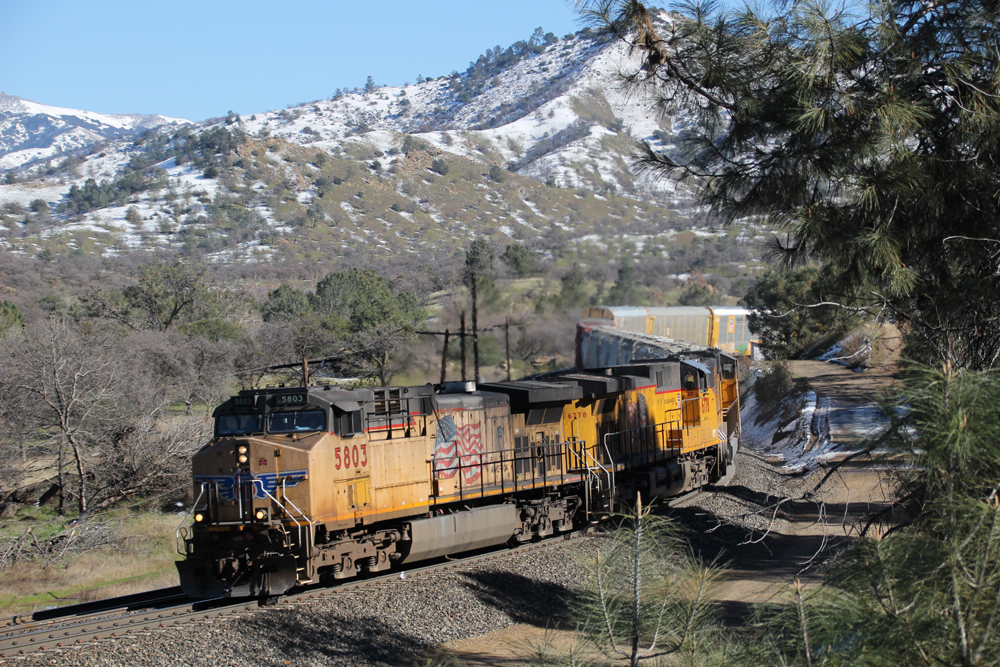
NEW YORK — New York City Transit’s 1, 2, and 3 subway lines remain blocked by the remnants of a collision and derailment as of this evening (Friday, Jan. 5), but additional service has been restored, the transit agency announced.
At least 24 people were injured in the collision and derailment of a No. 1 train and an out-of-service train dealing with brake issues that occurred near the 96th Street station on Thursday about 3 p.m. [see “New York subway trains collide at low speed …,” Trains News Wire, Jan. 4, 2024].
Also, a 13-member team of investigators from the National Transportation Safety Board has arrived on scene, with NTSB Chair Jennifer Homendy saying her agency would take a broad look at New York City Transit operations in light of a second significant incident in 37 days. A flagger was killed when struck by a train on Nov. 29, 2023 [see “NTSB releases preliminary report …,” News Wire, Dec. 21, 2023].

“That’s not typical,” Homendy said. “… We are going to want to look at the entire system, including how it is managed and supervised.”
As of 5 p.m., No. 1 and No. 3 trains have resumed operating in more of Manhattan, with a bus bridge covering the stretch between the 96th and 42nd Street stations as of 5 p.m. ET. Some No. 2 trains are now operating southbound on the West Side, while all northbound trains continue to use a reroute on the 4/5 line. Service disruptions were projected to continue through at least the remainder of the day.
Homendy, in an afternoon briefing, clarified details of the accident, saying it was the out-of-service train that struck the No. 1 train that was in service and had about 200 people aboard. Previous reports have included passenger counts ranging from 300 to 500 people. Because of the brake issues, caused by an “unruly passenger” who pulled emergency cords, that led to the train being taken out of service, power and brakes had been cut on the first five cars in the 10-car out-of-service train to allow it to be moved. That train was being operated from the sixth car, with two crew members riding in the lead car operating as flaggers to guide the operator’s actions.
“In that configuration, that train struck a northbound train at a crossover,” Homendy said. “The non-revenue train was pushed to the right, hit a wall, and the first car was pushed upwards. The train that was struck was pushed to the left, and then both cars derailed. There is a lot of damage to both trains; there is a lot of damage along the track.”
Homendy noted New York subway trains do not have outward or inward facing cameras, or event recorders, which would provide crucial data. “It’s a great source of information, a pretty comprehensive source of information,” she said, “not just for us in our investigation, but also for the operator to make safety improvements.” She said the NTSB has recommended that the Federal Transit Administration require such recording devices in 2015 but that “nothing has been done” — returning to a theme from Thursday’s briefing regarding a 2021 DC Metrorail derailment [see “NTSB chair critical of WMATA, FTA …,” News Wire, Jan. 4, 2024.]













